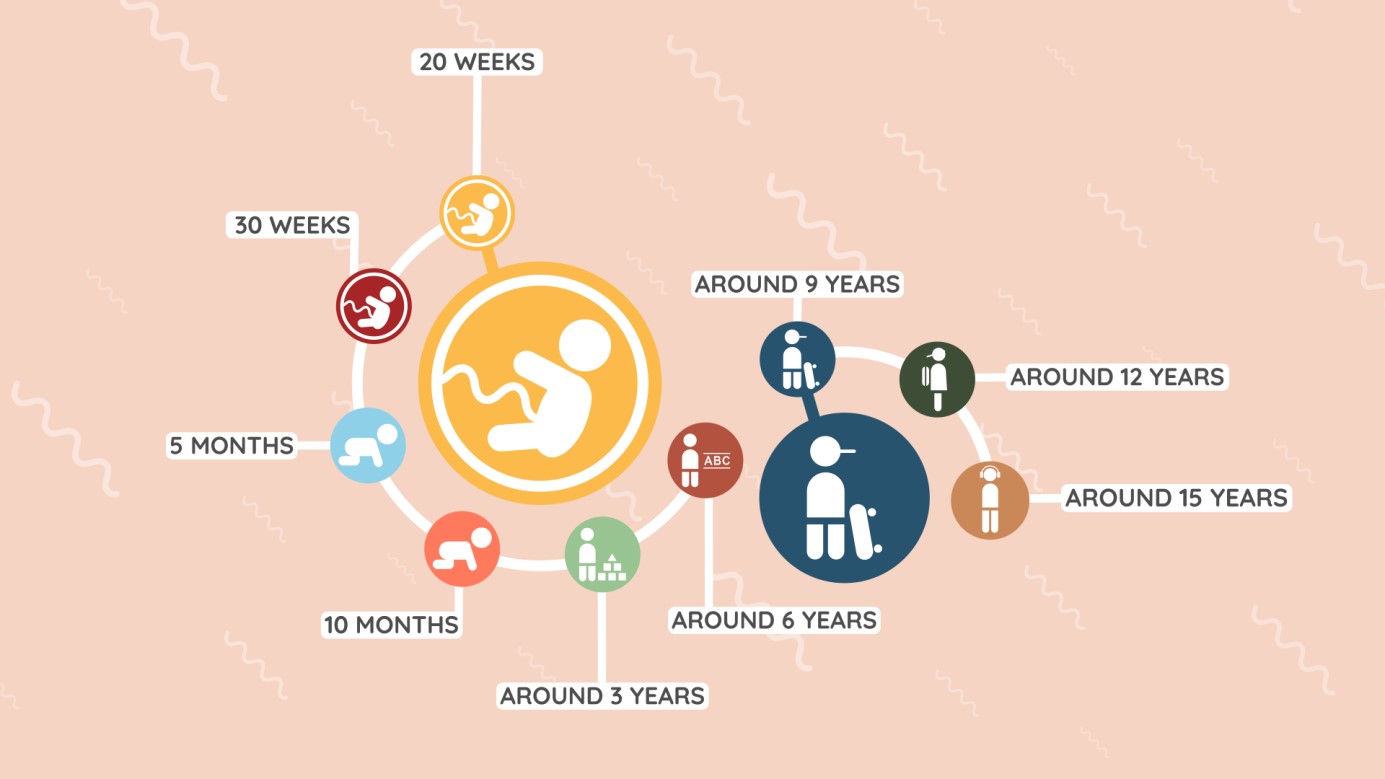News
Cohort profile: a detailed description of the YOUth cohort study
The YOUth cohort is one of the newly established cohorts within the Consortium on Individual Development, focussing specifically on children’s development of social competence and self-regulation. YOUth produces a wealth of high quality, safe and FAIR data, and makes these available for other researchers. In the CID special issue in Developmental Cognitive Neuroscience (DCN), YOUth’s first cohort manager and epidemiologist Charlotte Onland-Moret and colleagues tell researchers all they need to know about YOUth’s study design, population, measures, and procedures.
YOUth is an accelerated population-based longitudinal cohort study with repeated measurements, centering on two groups:
- YOUth Baby & Child aims to include 3,000 pregnant women, their partners and children. There are measurement rounds at 20 and 30 weeks of pregnacy, and then at the child’s ages of 5 months, 10 months, around 3 years, and around 6 years.
- YOUth Child & Adolescent aims to include 2000 children aged between 8 and 10 years old and their parents. YOUth Child & Adolescent takes measures at around 9 years, 12, years, and 15 years.

Why start this cohort study?
First, the cohort profile highlights the reasons for setting up a cohort like this, and defines how YOUth is designed to answer pressing research questions and develop much needed models that predict behaviour from environmental- and biological determinants and neurocognitive developmental features.
How was YOUth set-up?
Then the paper provides details on who is included in the cohorts, lists all in- and exclusion criteria, and describes the informed consent and the testing day procedures. It also elaborates on all recruitment and follow-up procedures for each cohort.
What is measured?
In the measurement section Charlotte provides a clear overview of all YOUth measures. Here, orderly tables support the description of the individual measurements of environmental factors and general child factors, the biological determinants, and the experiments that measure neurocognitive delevopment. The final part of the measurement section specifies the primary outcome measures and the long-term outcomes.
And also…
The next sections consider data quality management, and present the current status of both cohorts. Finally, Charlotte discusses the strengths and limitations of YOUth and specifies how YOUth is embedded in CID and Utrecht University strategic theme “Dynamics of Youth”.
“I really hope that this paper encourages researchers from all over to use this wealth of information on behavioural development of children. And that this research leads to a better understanding of children’s behavioural development, ultimately resulting in a better quality of life for children”
More information
Charlotte Onland-Moret, Jacobine E. Buizer-Voskamp, Maria E.W.A. Albers, Rachel M. Brouwer, Elizabeth E.L. Buimer, Roy S.Hessels, Roel de Heus, Jorg Huijding, Caroline M.M. Junge, René C.W. Mandl, Pascal Pas, Matthijs Vink, Juliëtte J.M. van der Wal, Hilleke E. Hulshoff Pol, Chantal Kemner (2020) The YOUth study: Rationale, design, and study procedures Developmental cognitive neuroscience DOI: 10.1016/j.dcn.2020.100868
YOUth is part of the Utrecht University research theme Dynamics of Youth and part of UMC Utrecht Brain Center
This paper is part of a special issue in Developmental cognitive neuroscience about the Consortium on Individual Development. For an overview of all papers go to here.

